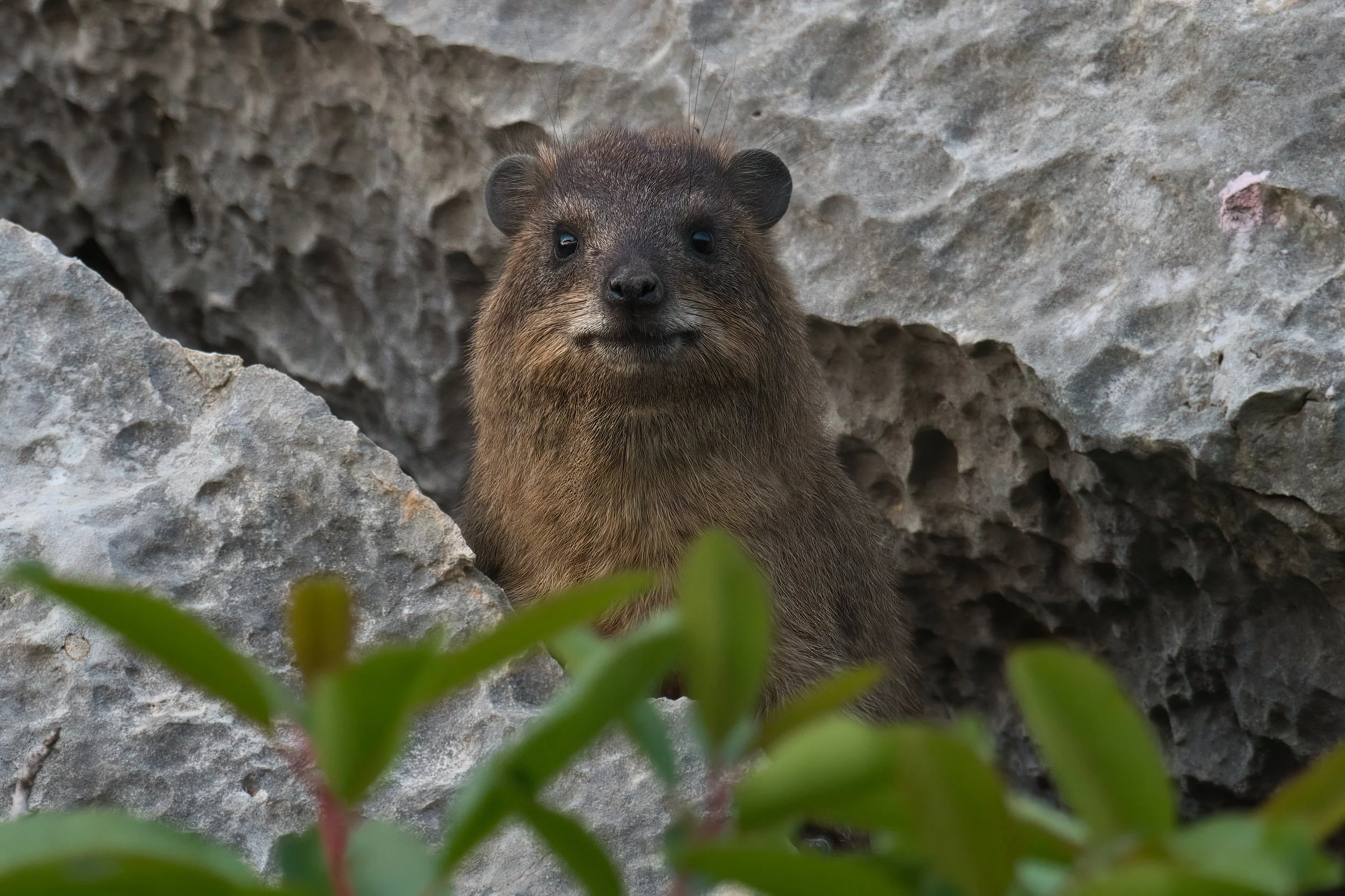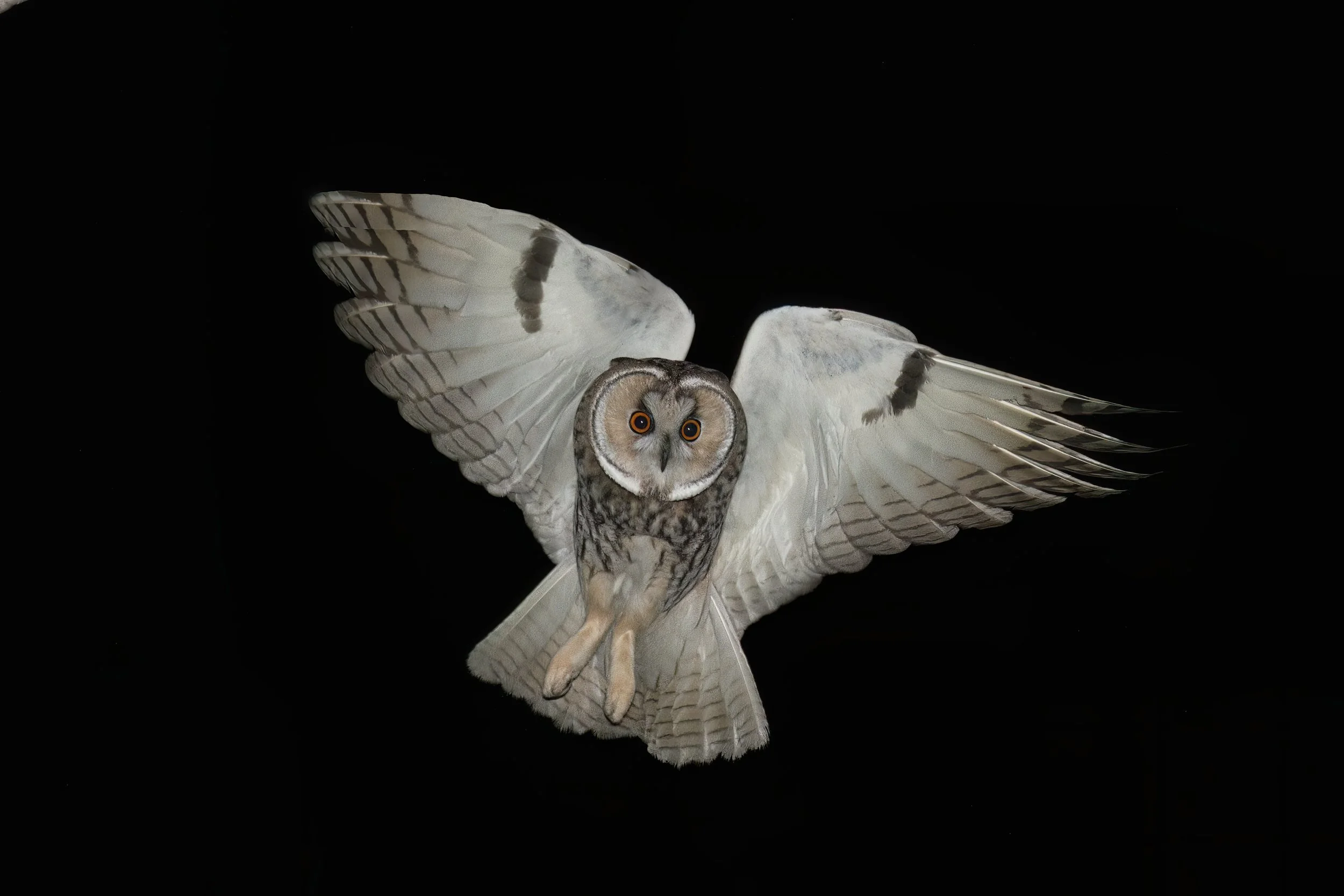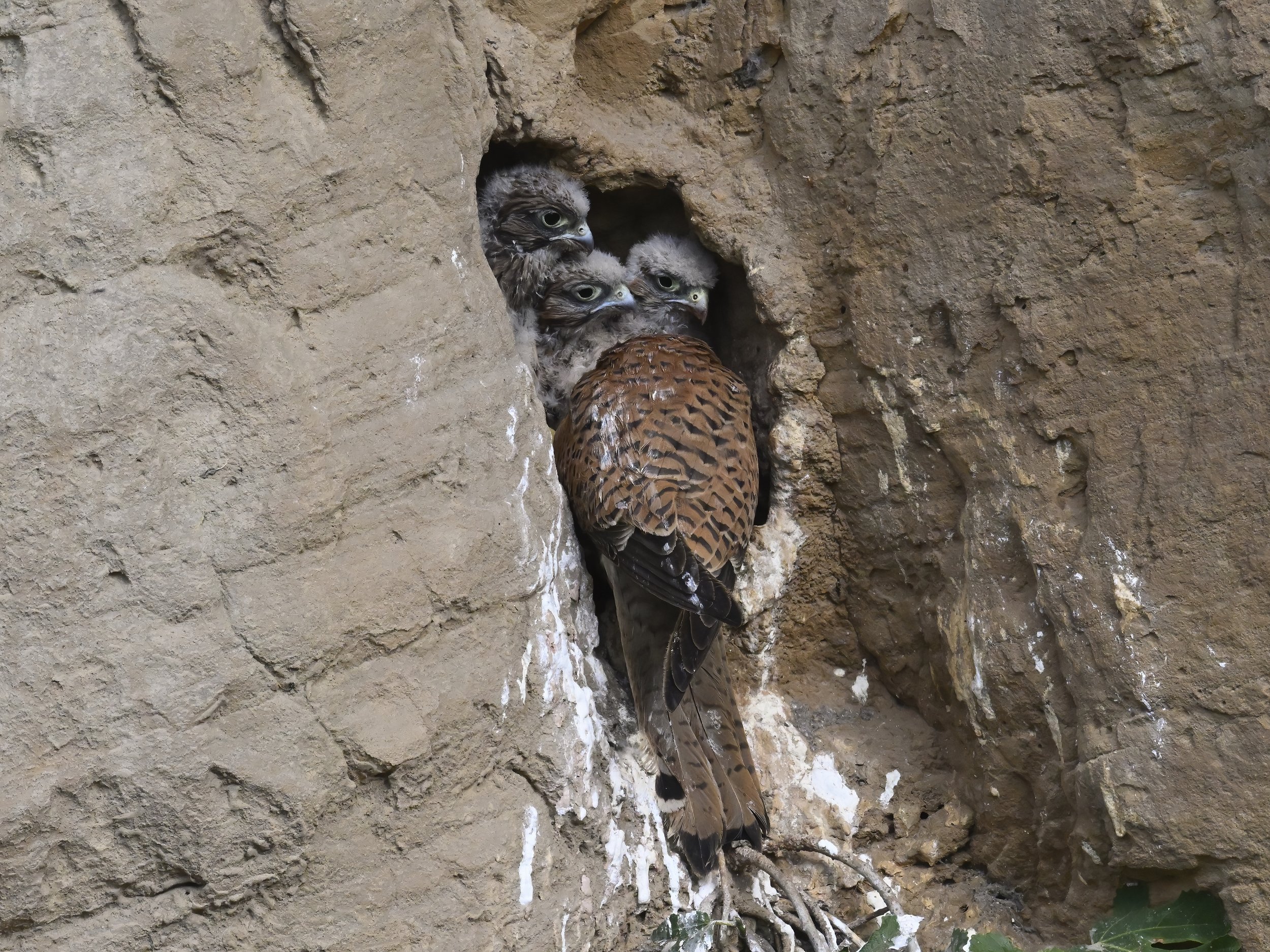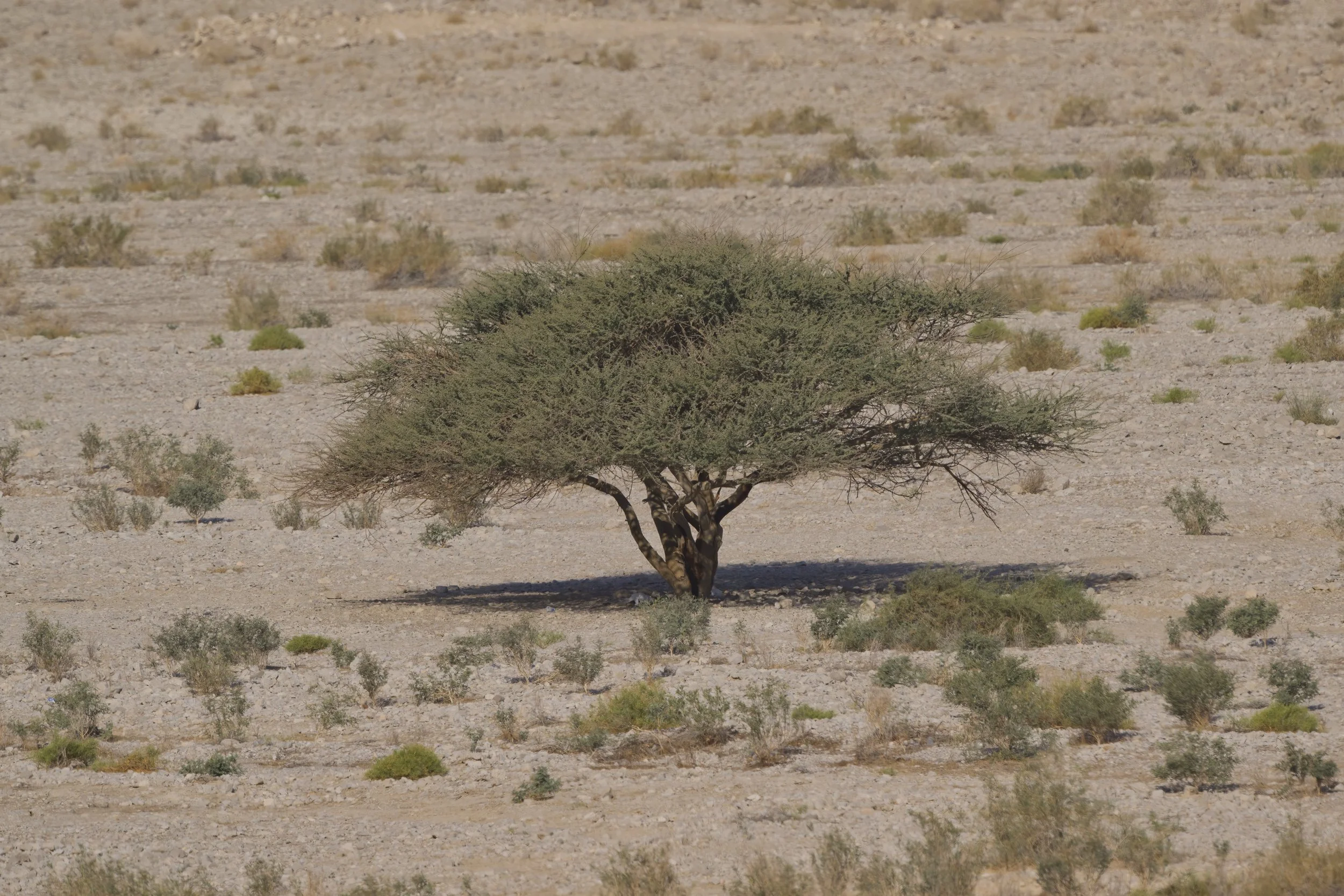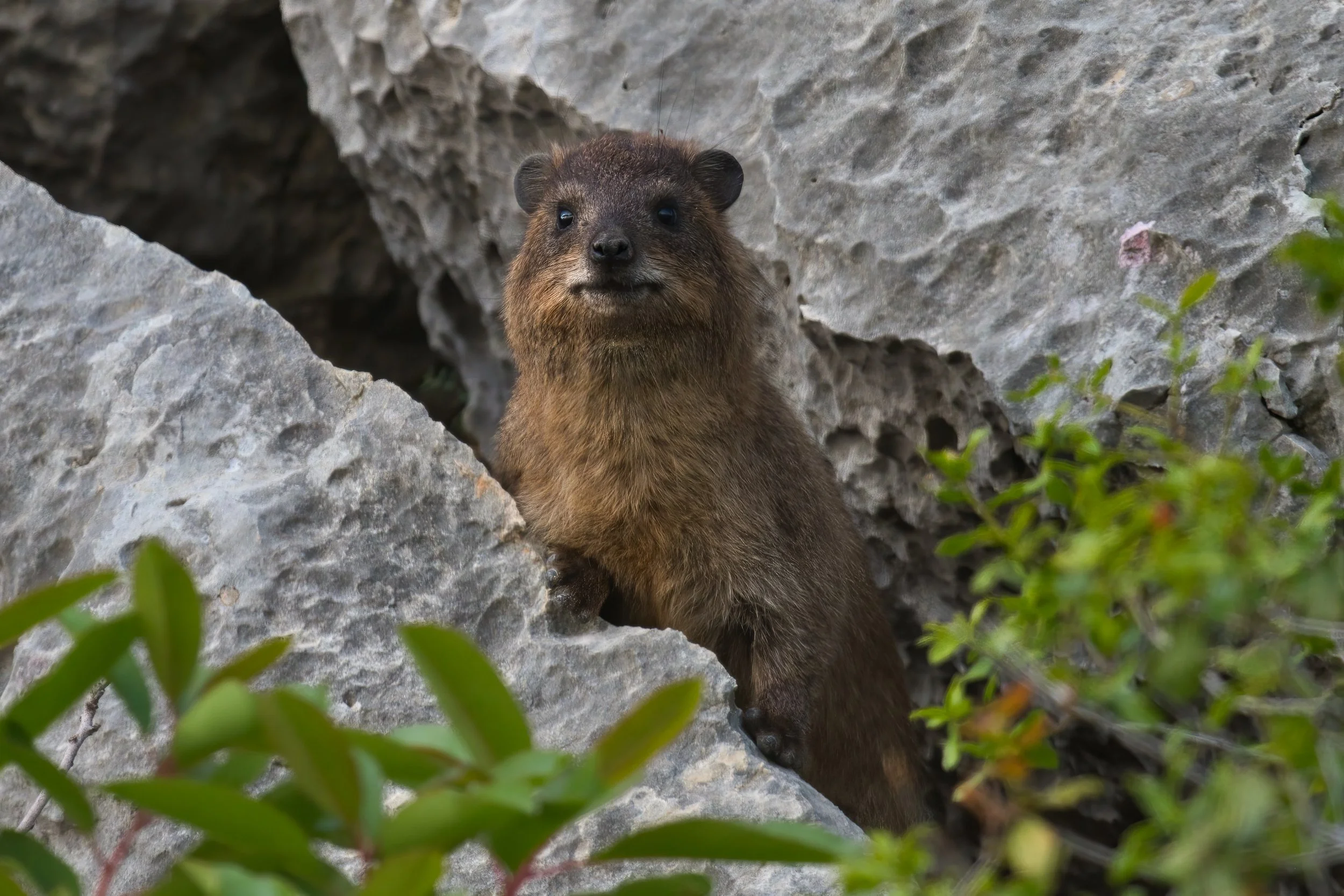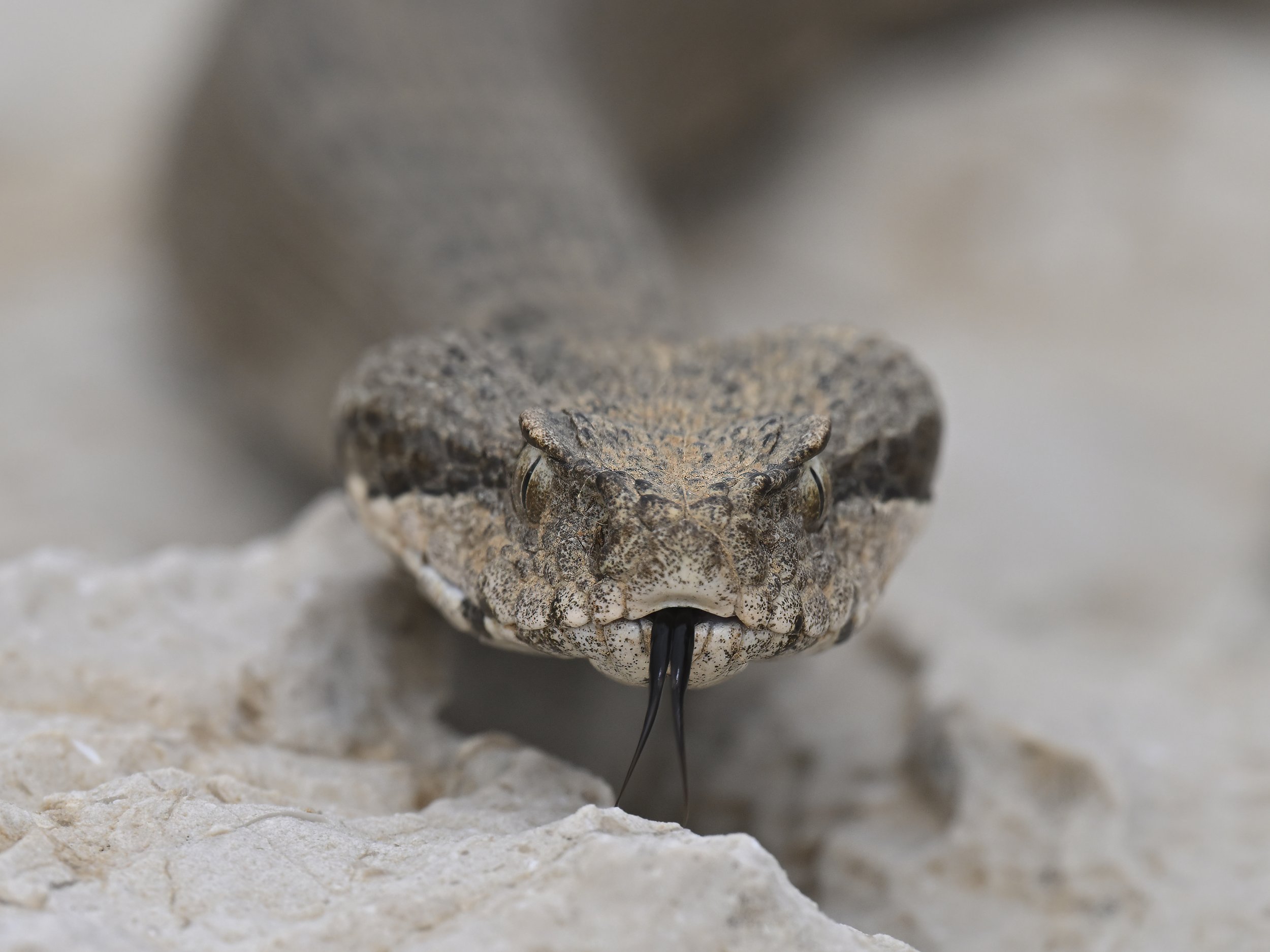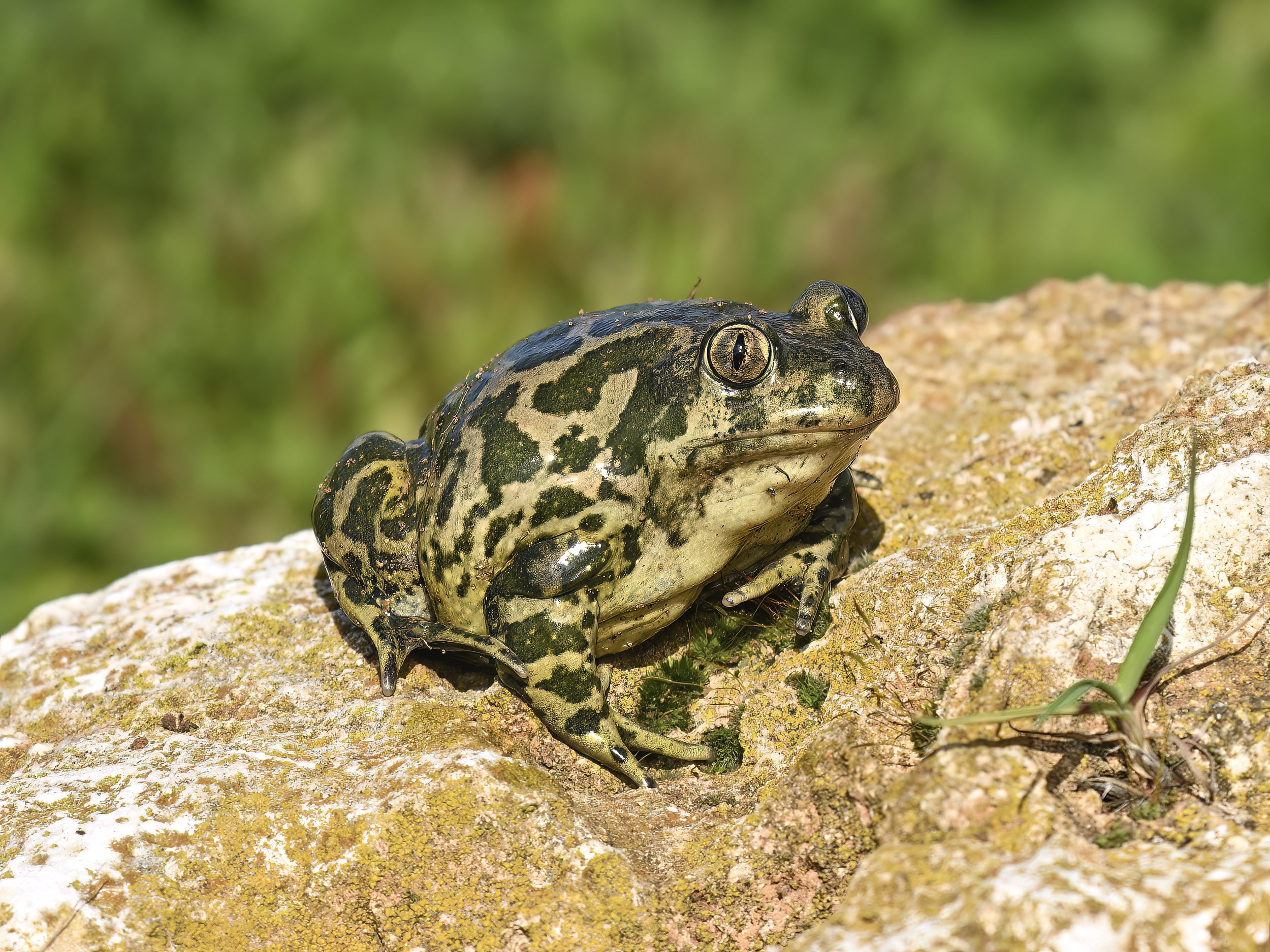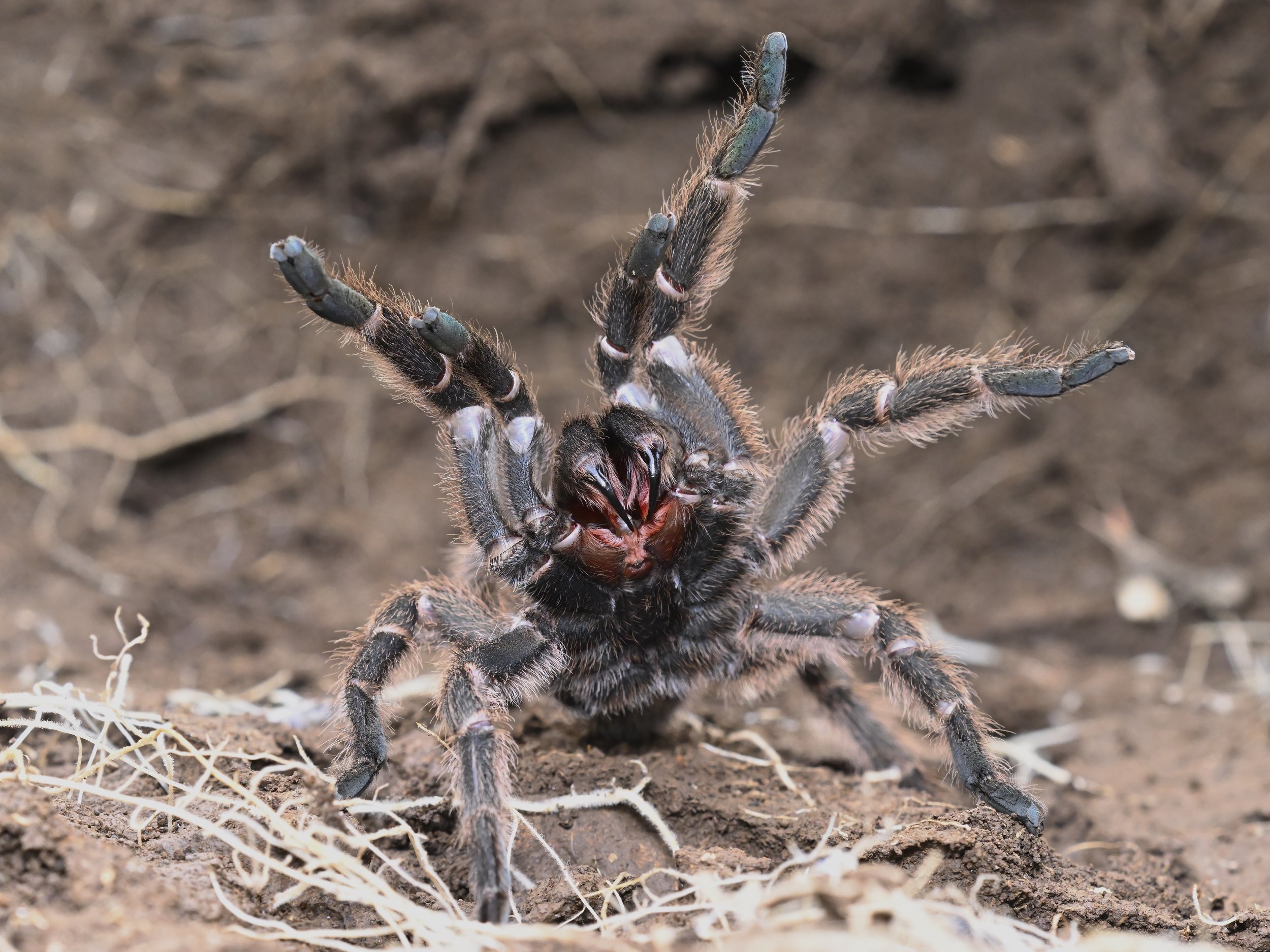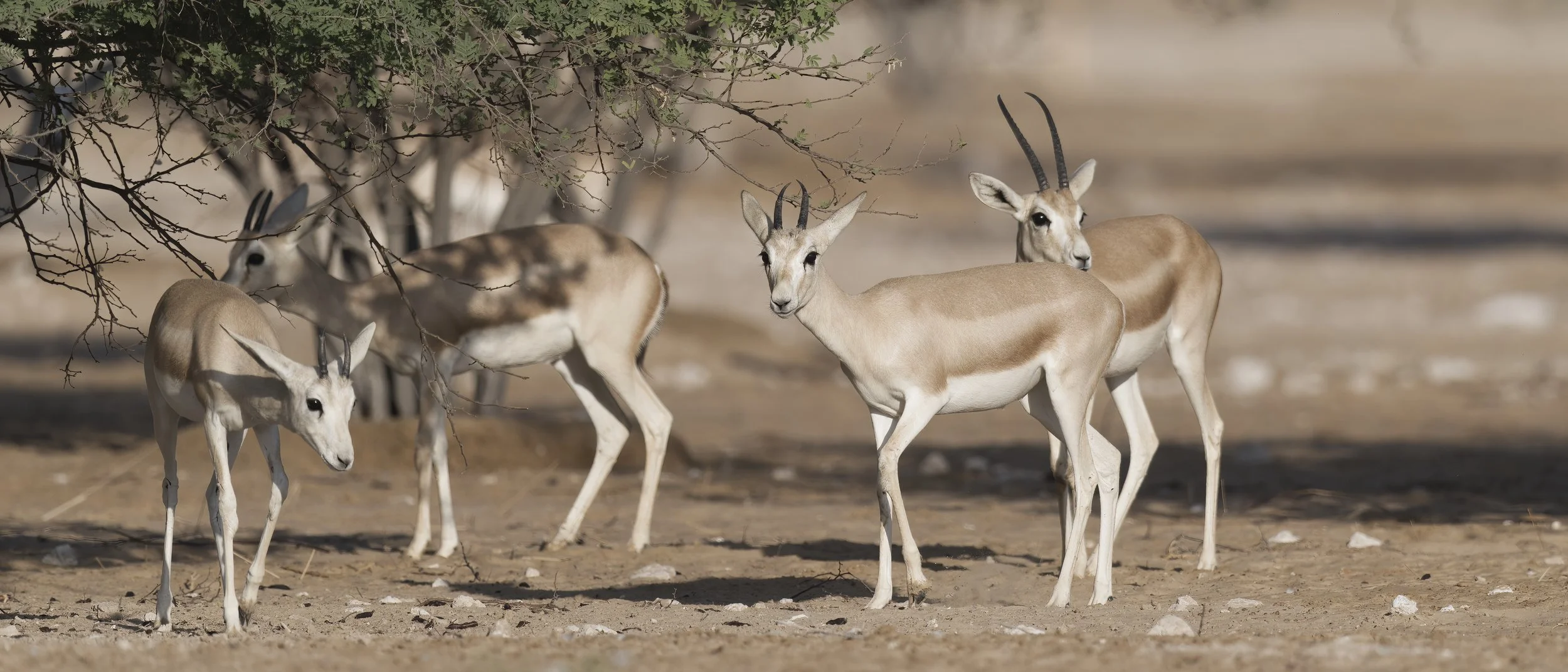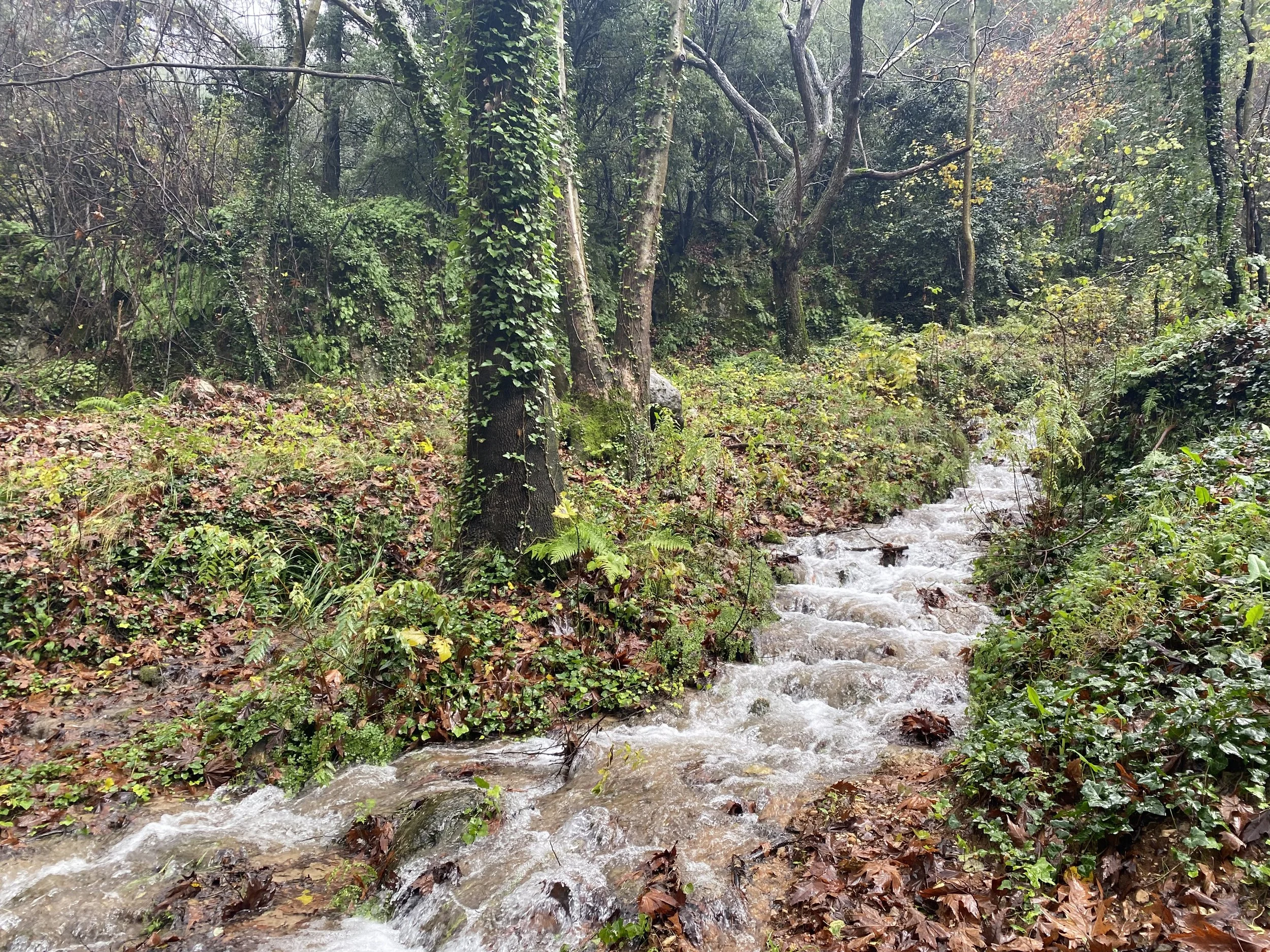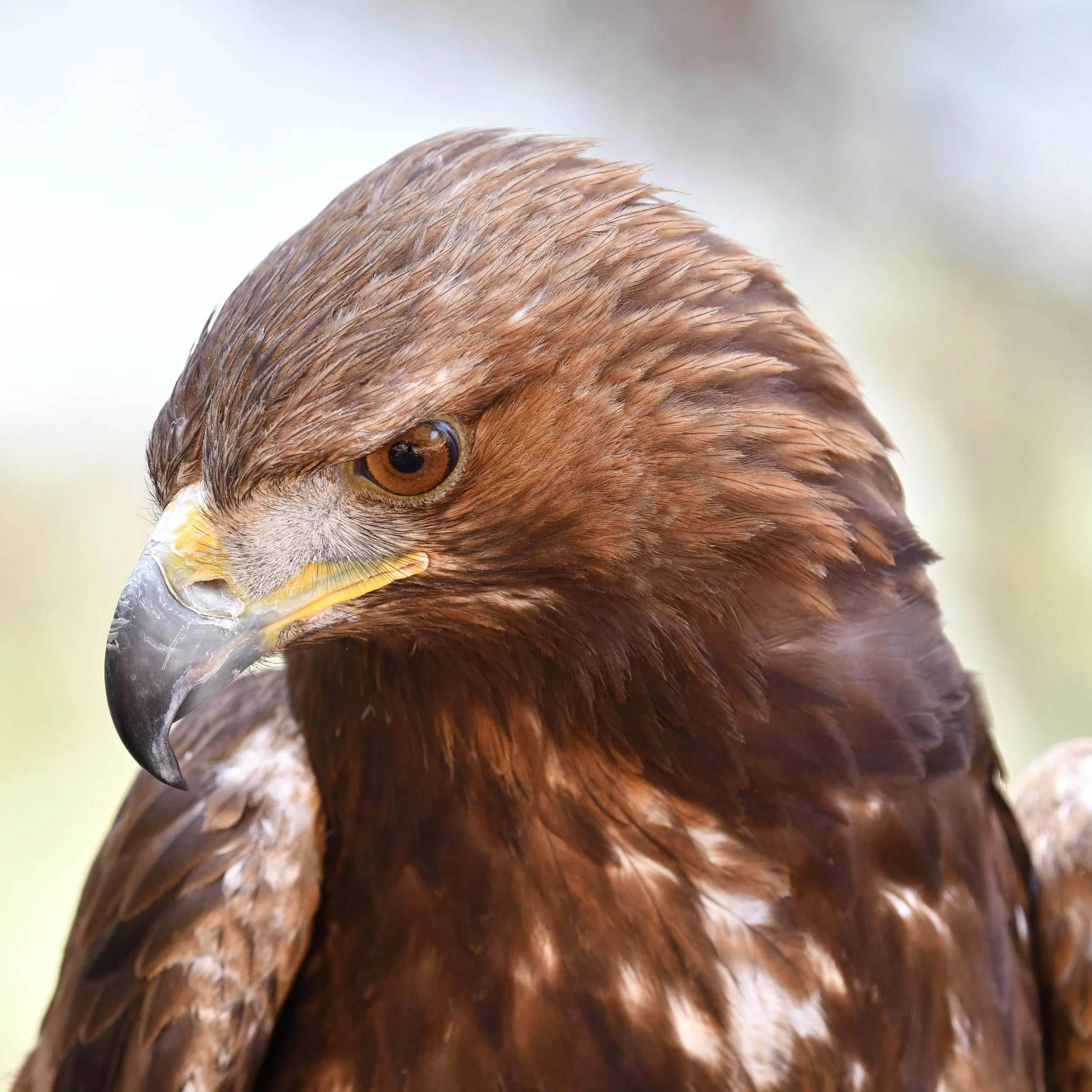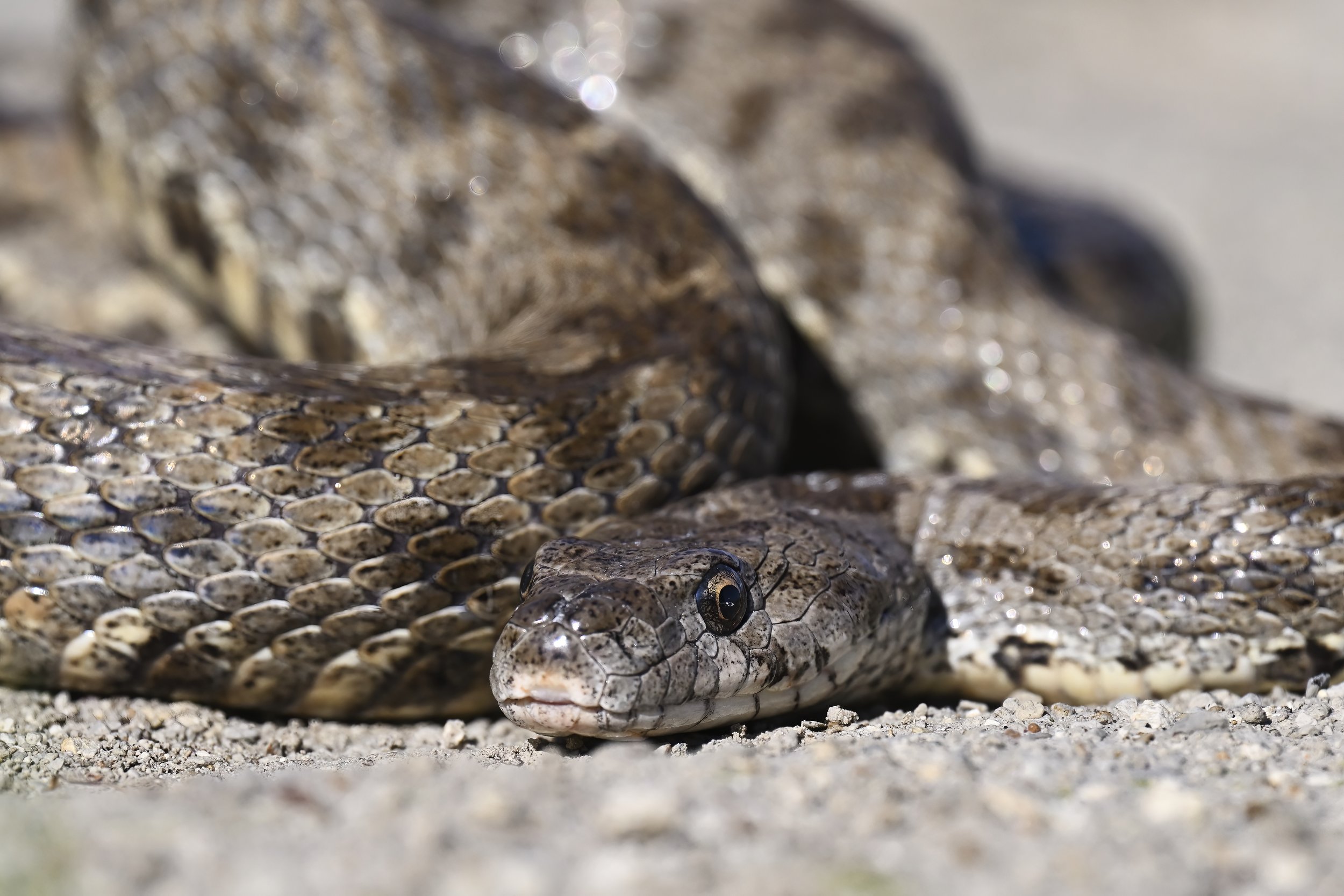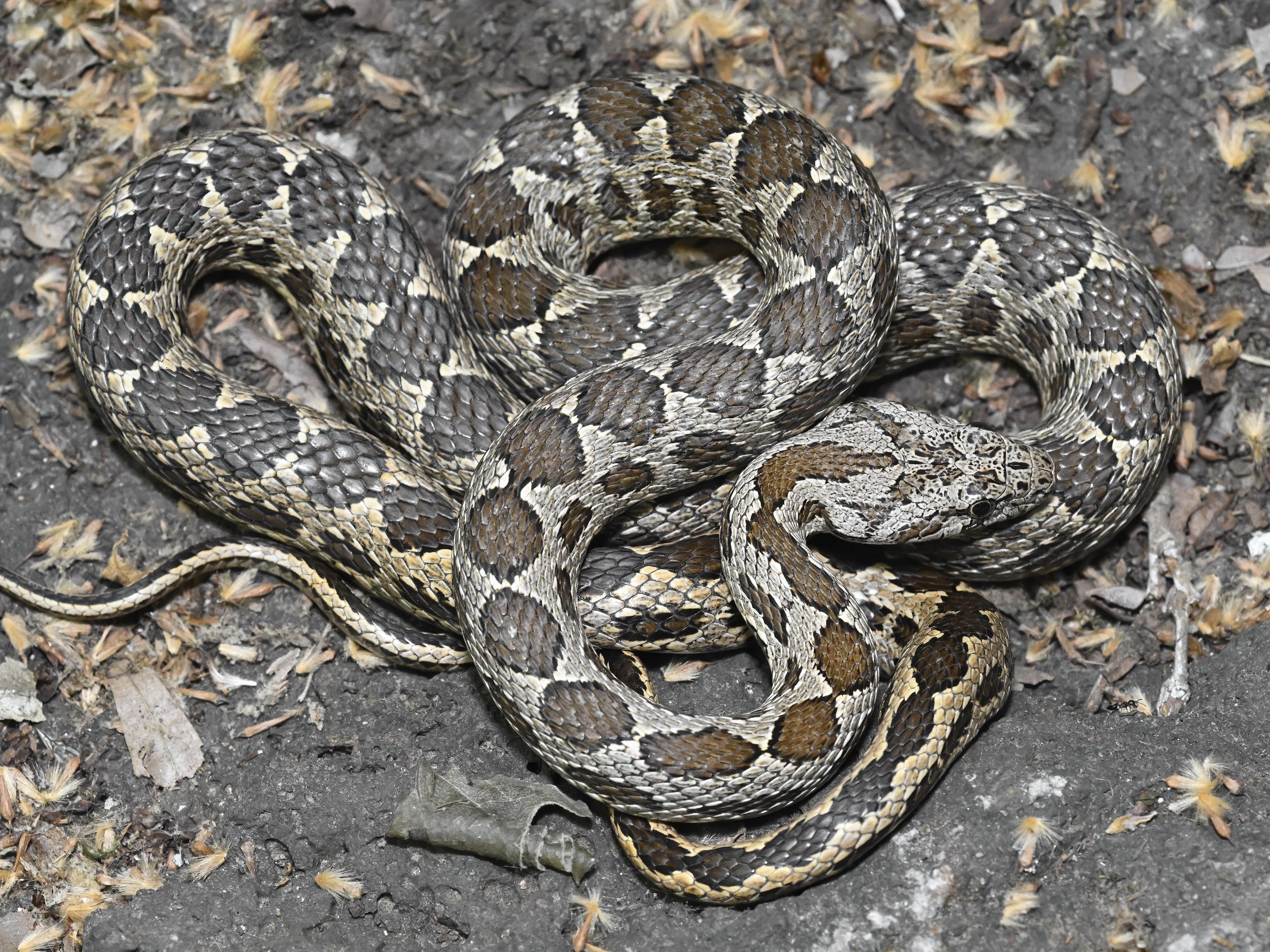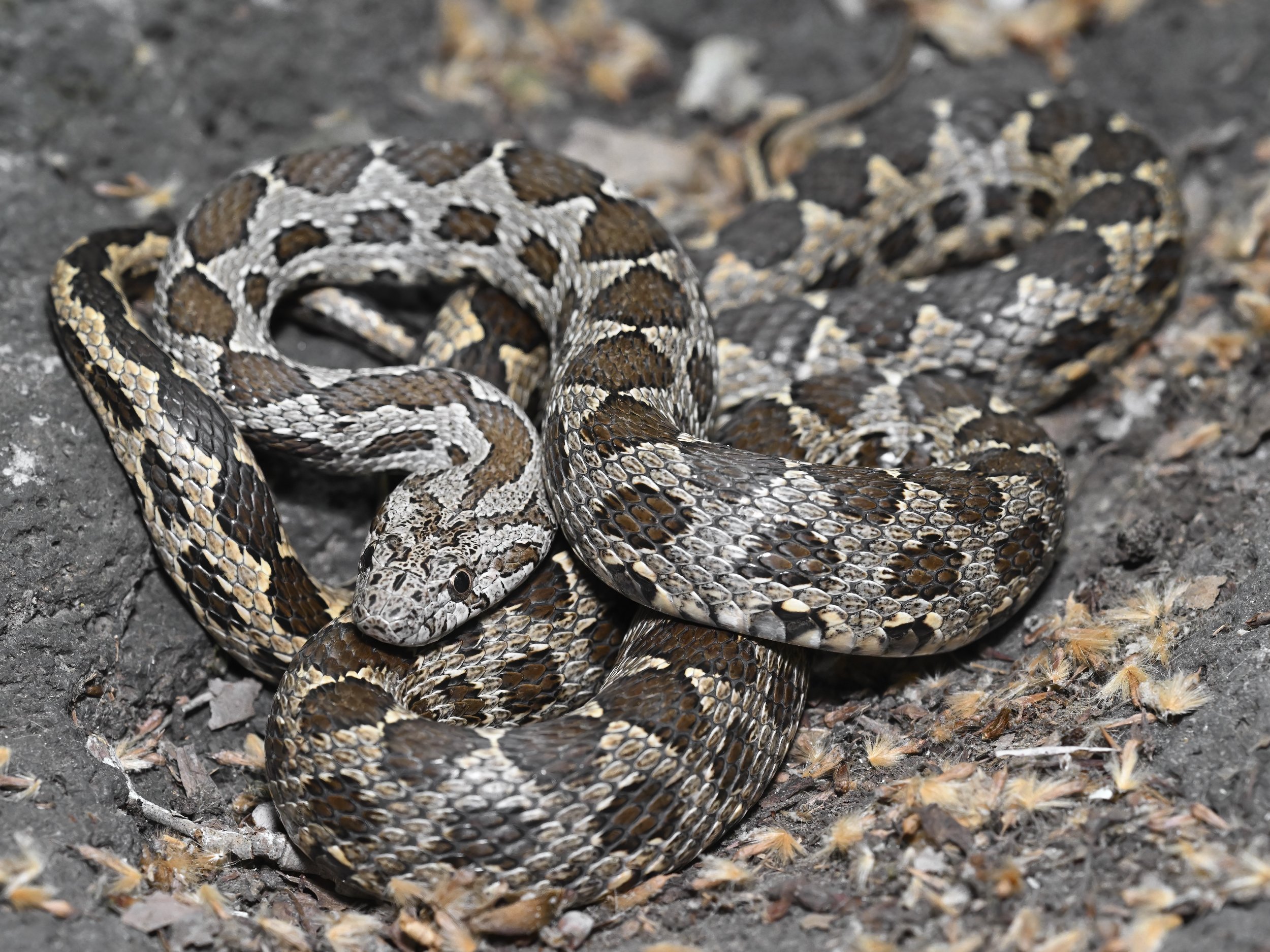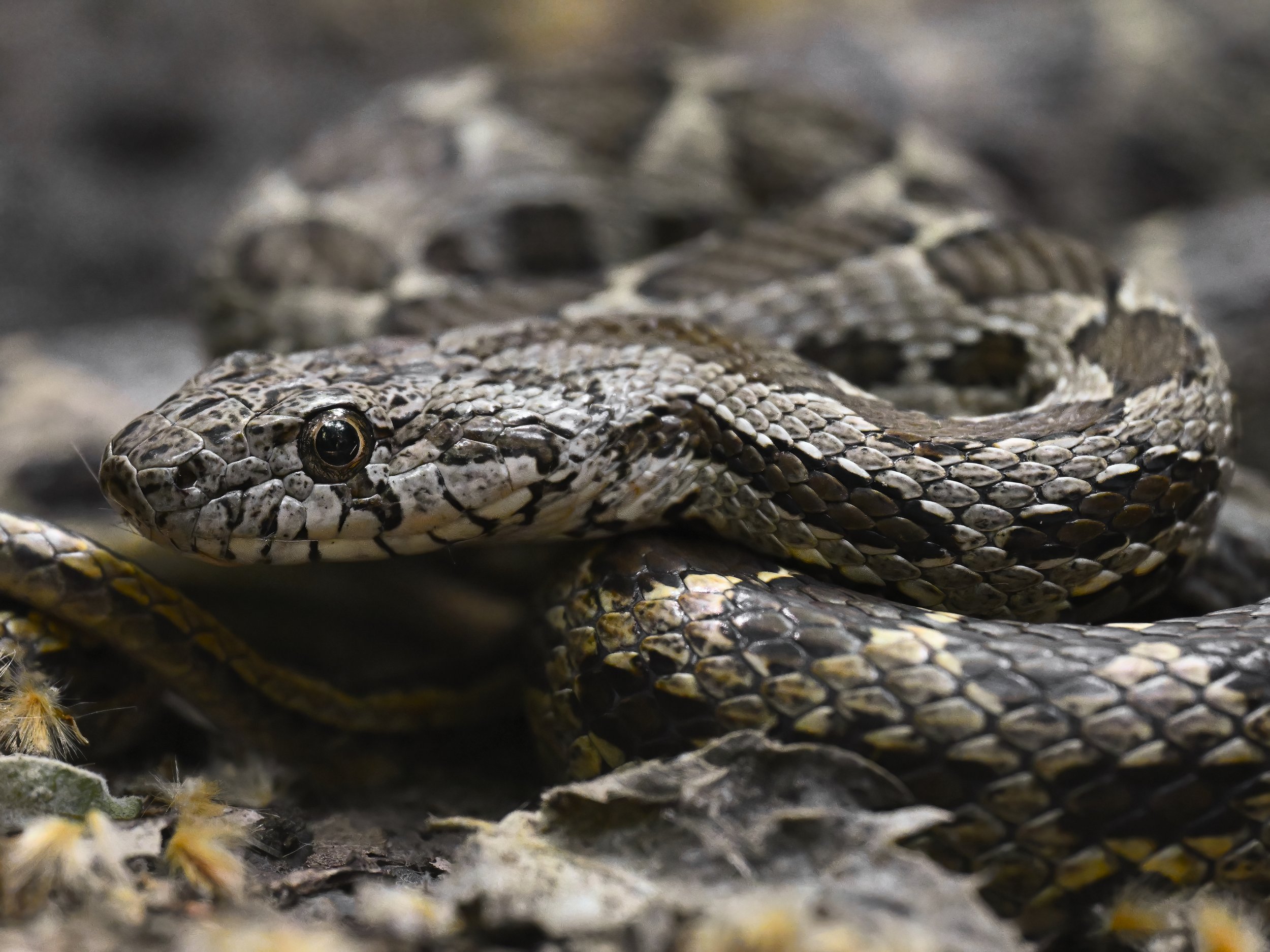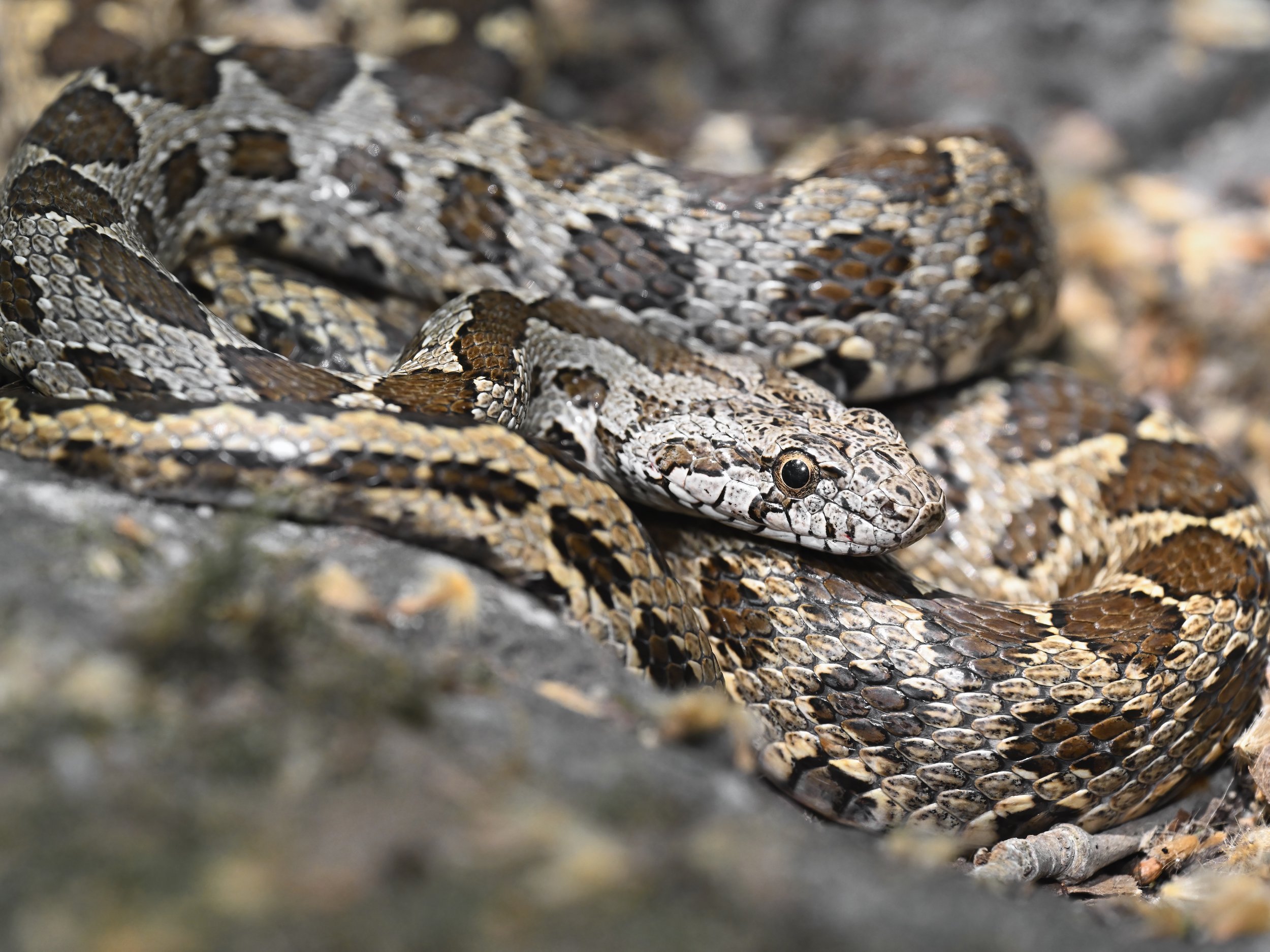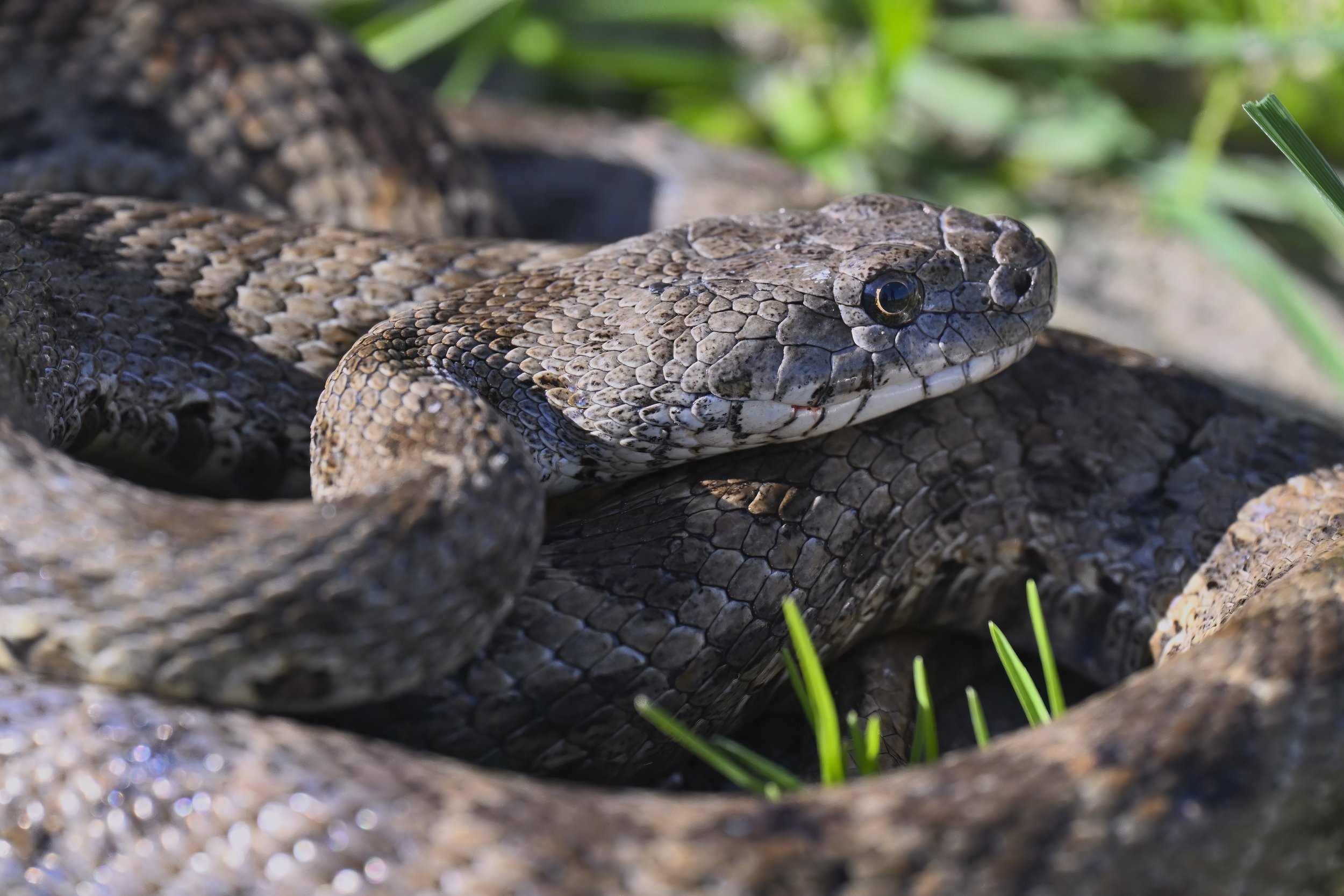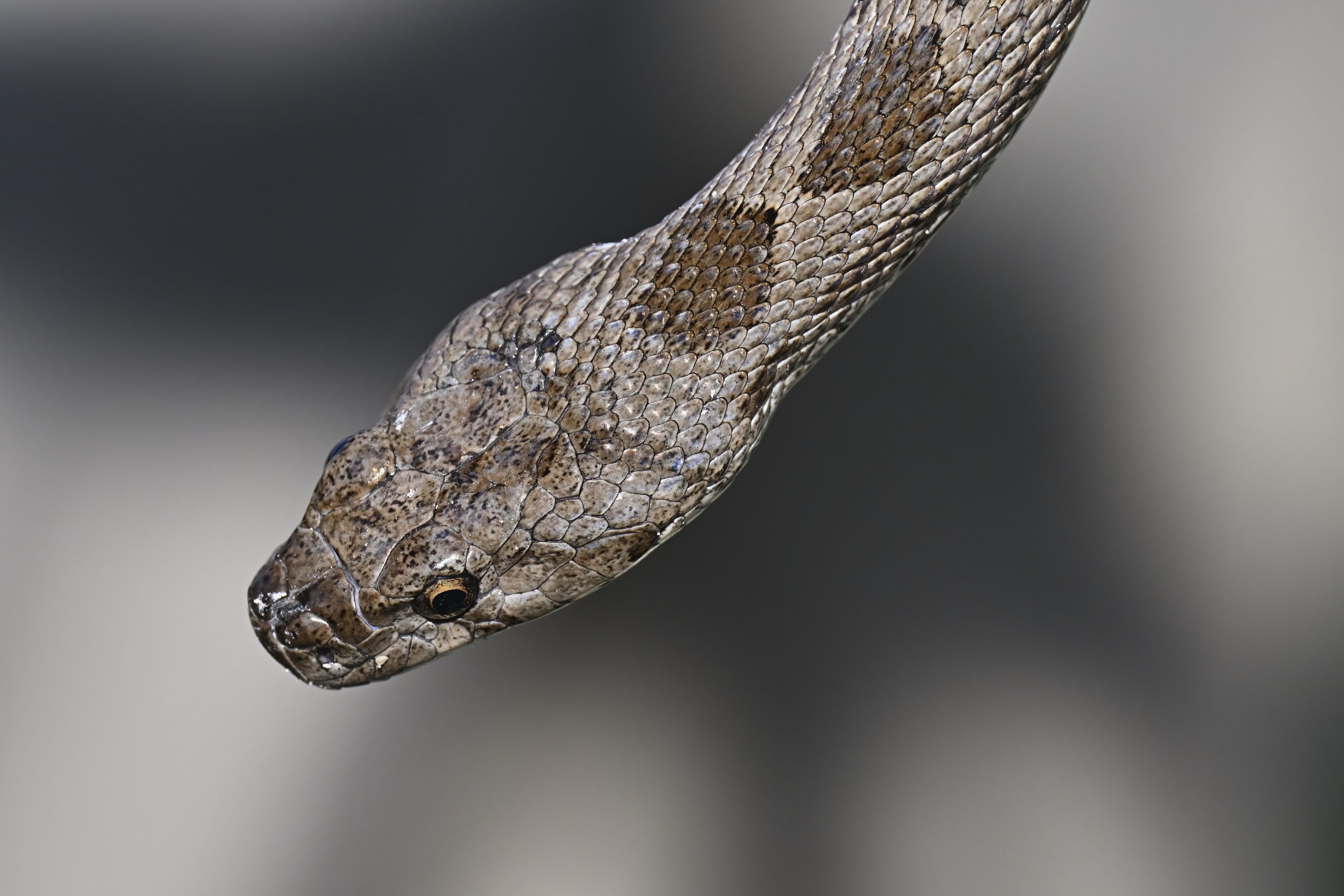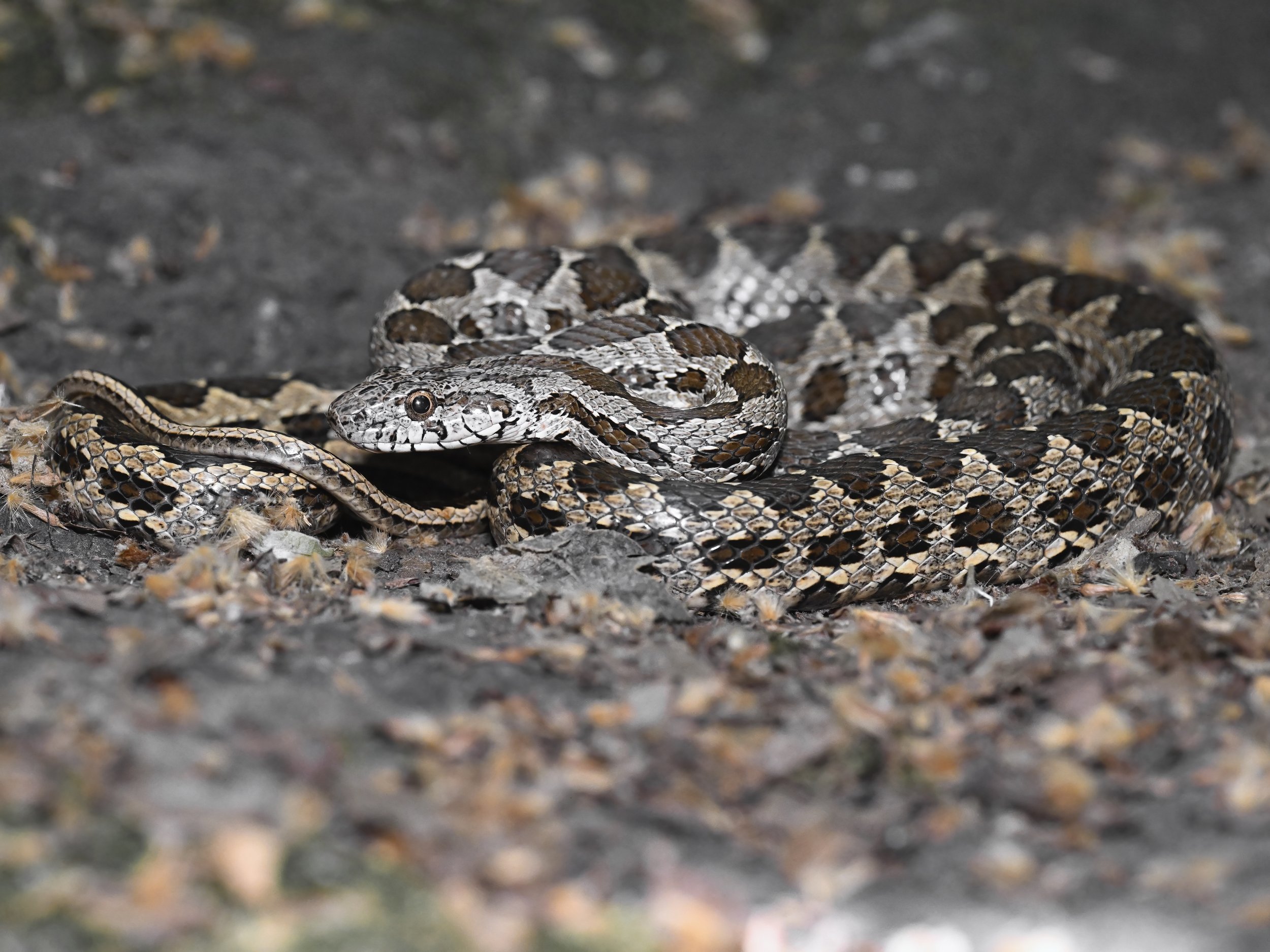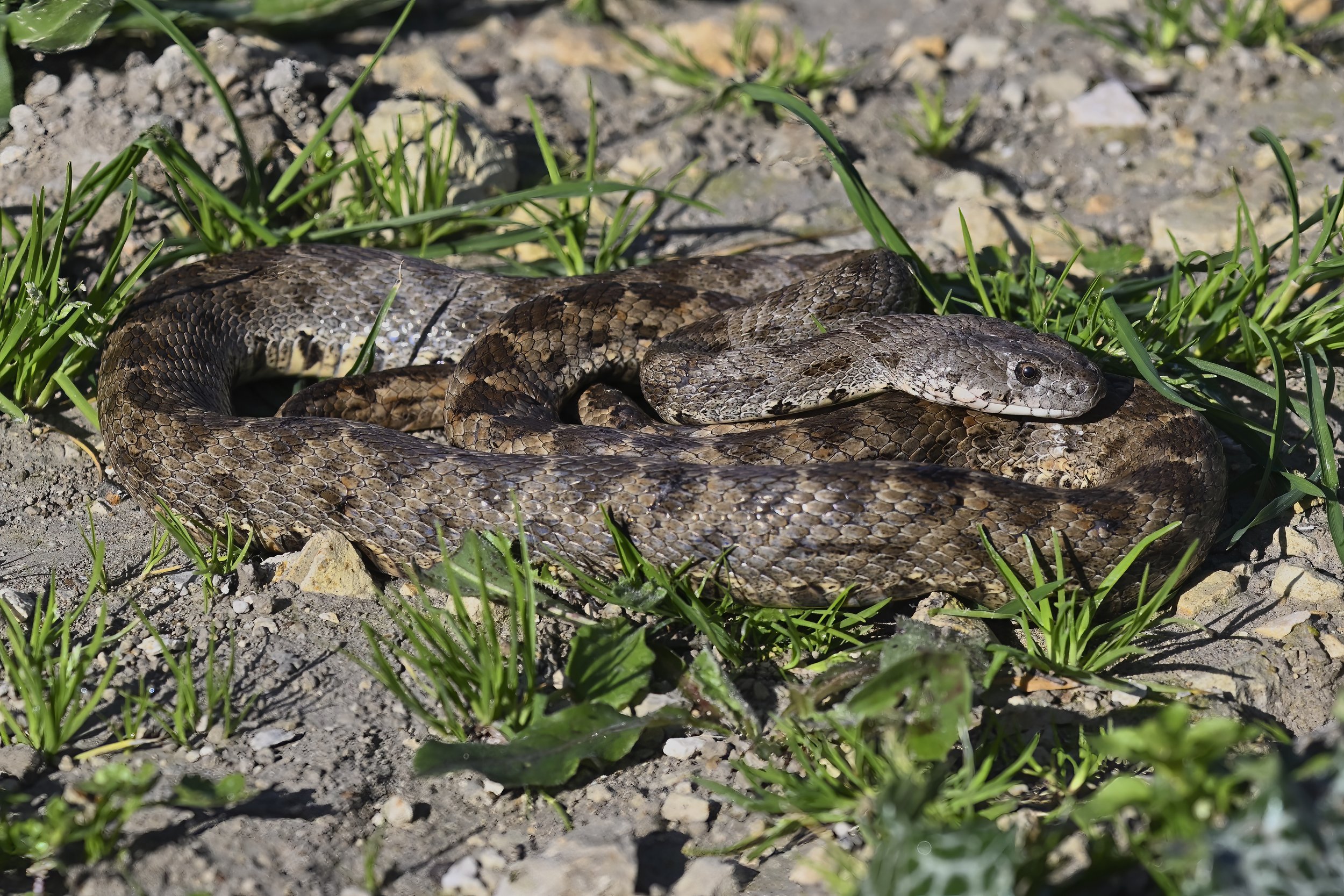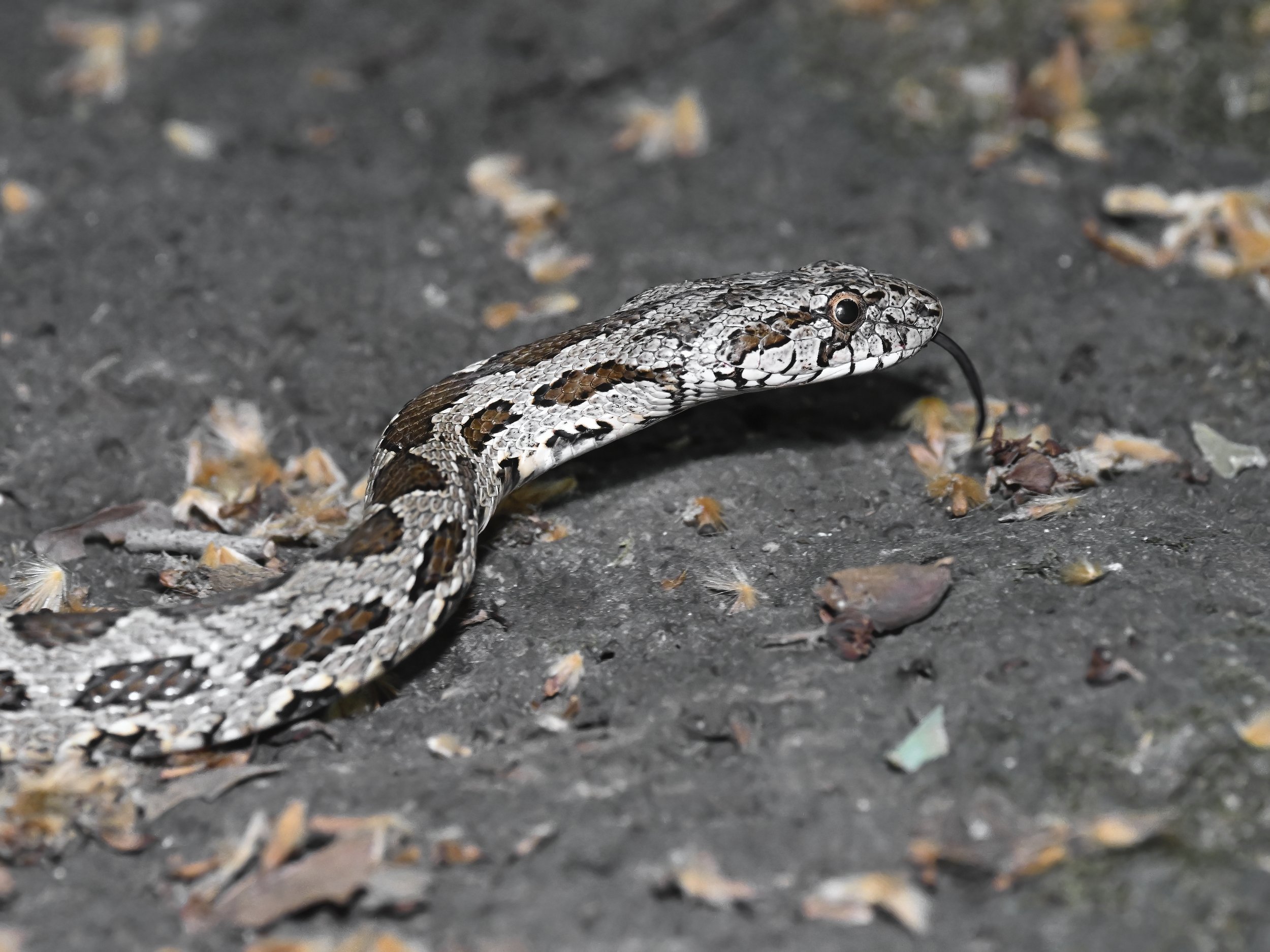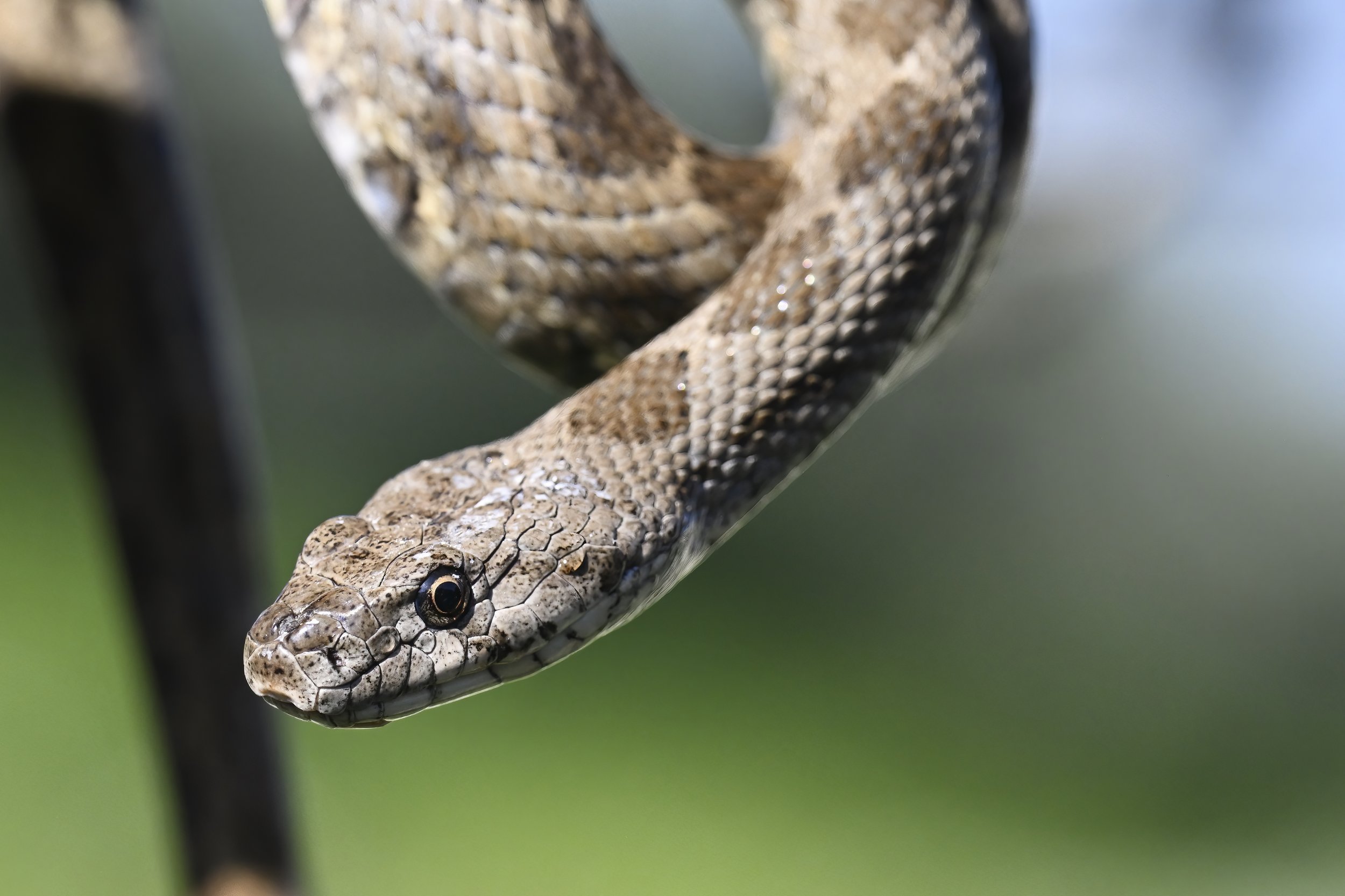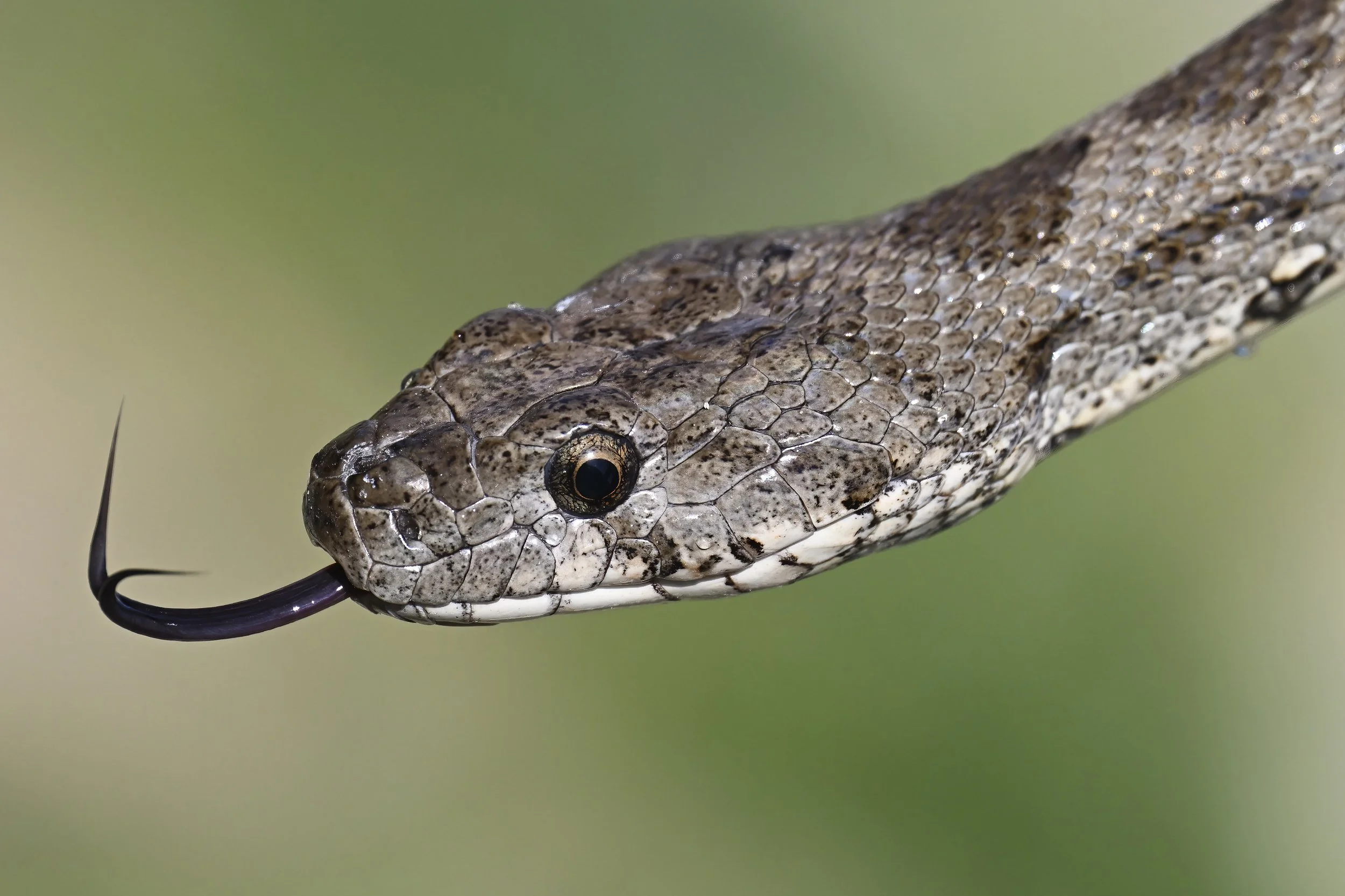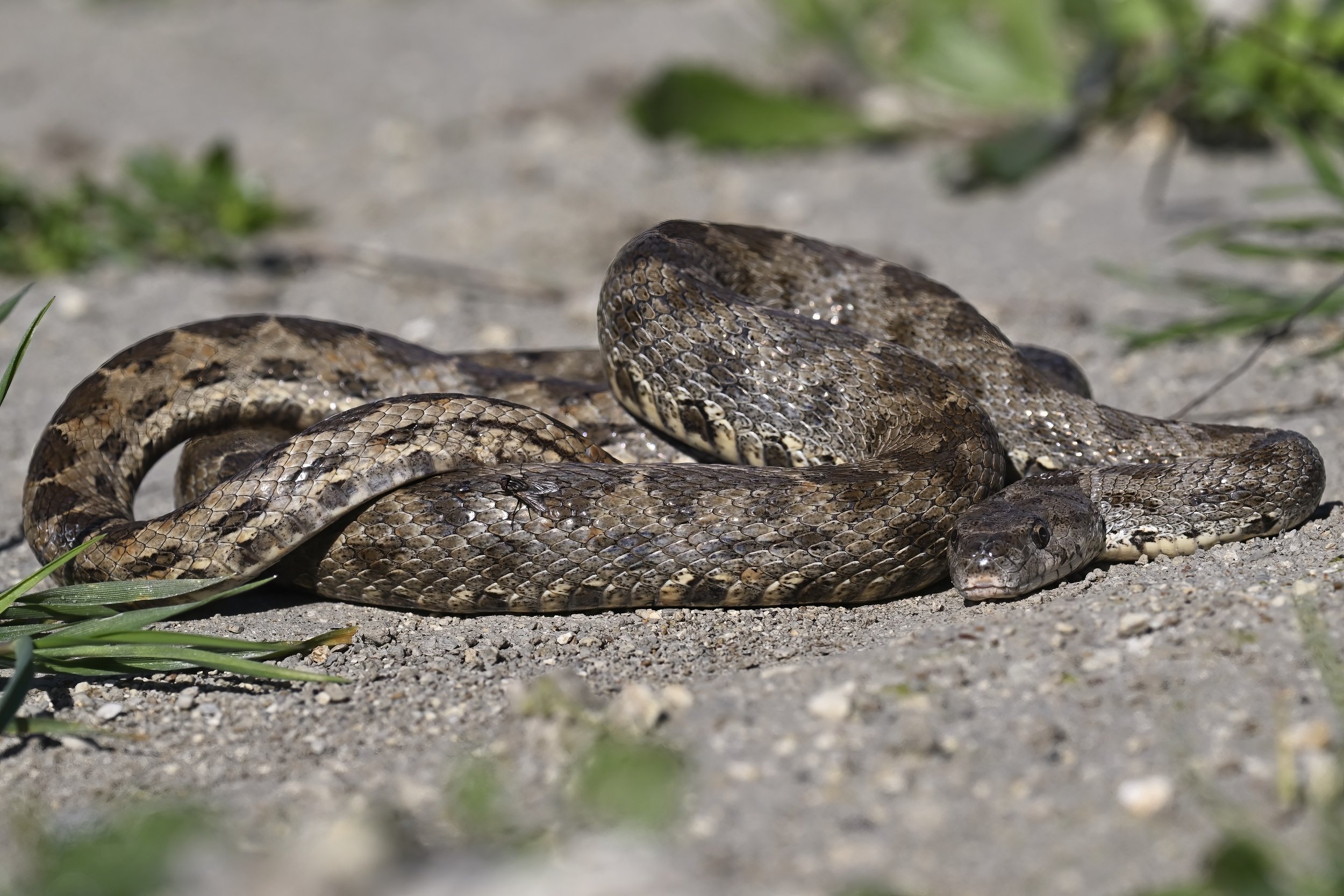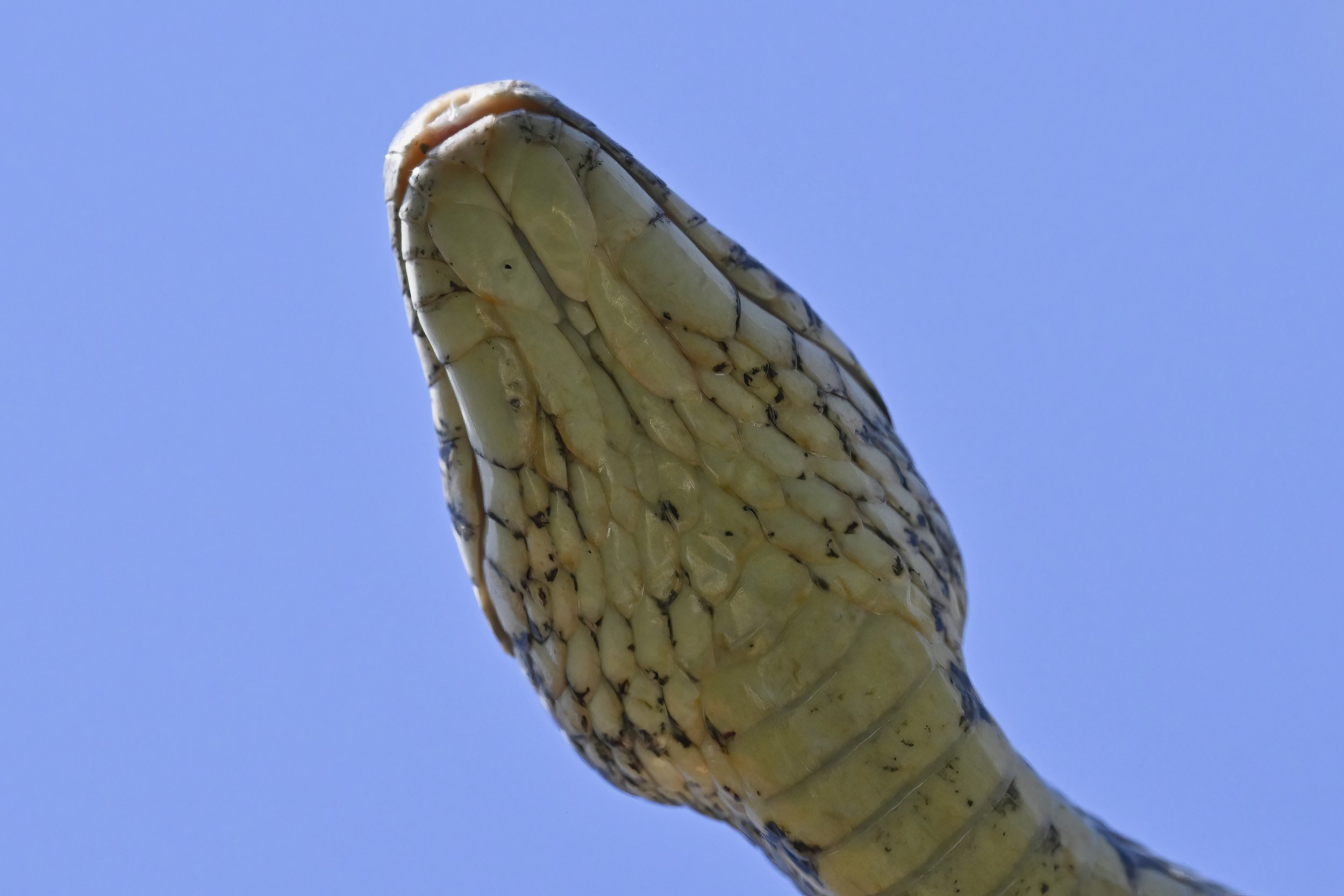Coin-Marked Snake (Hemorrhois nummifer) **
non-venomous
The Coin-Marked Snake, scientifically identified as Hemorrhois nummifer, stands out as a captivating non-venomous species within the Colubridae family. Its distribution spans across Southeastern Europe, North Africa, and the Middle East, with notable habitats encompassing grasslands, rocky slopes, agricultural areas, and scrublands. Characterized by a sleek and elongated body, this snake earns its name from the distinct dark markings along its dorsal side that resemble coins. Typically ranging from 70 to 120 centimeters in length, these snakes exhibit impressive agility and swift movements. As carnivores, their diet includes small mammals, birds, and lizards, showcasing their prowess as skilled hunters. Coin-Marked Snakes are diurnal creatures, active during daylight hours, and they display adaptability to diverse environmental conditions. Reproduction involves the laying of eggs, with females strategically depositing clutches in suitable locations. While not currently considered threatened, localized threats such as habitat loss underscore the importance of understanding and conserving the Coin-Marked Snake and its role in the ecosystems it inhabits. Studying this species contributes valuable insights to the broader understanding of reptilian biodiversity in its native regions, making it a subject of interest for herpetologists and wildlife enthusiasts alike.
| NOT EVALUATED | DATA DEFICIENT | LEAST CONCERN** | NEAR THREATENED | VULNERABLE | ENDANGERED | CRITICALLY ENDANGERED | EXTINCT IN THE WILD | EXTINCT |
|---|---|---|---|---|---|---|---|---|
| NE | DD | LC | NT | VU | EN | CR | EW | EX |




